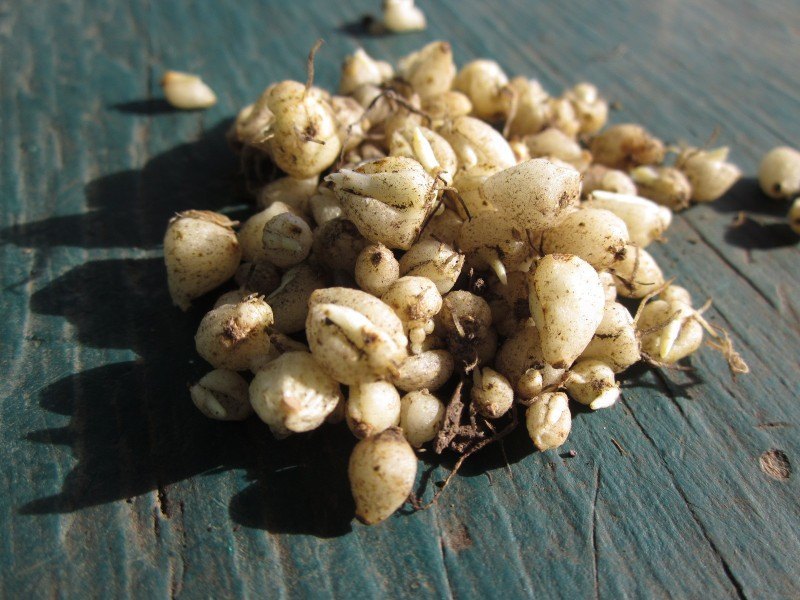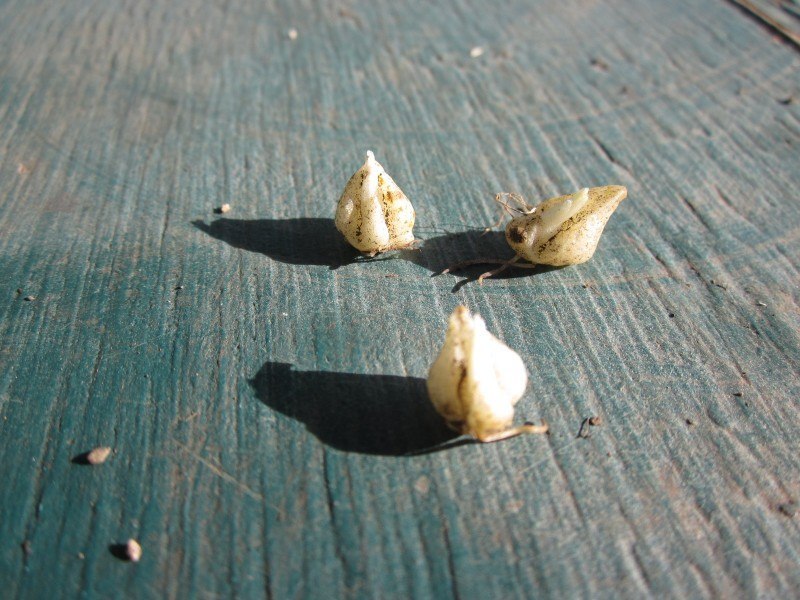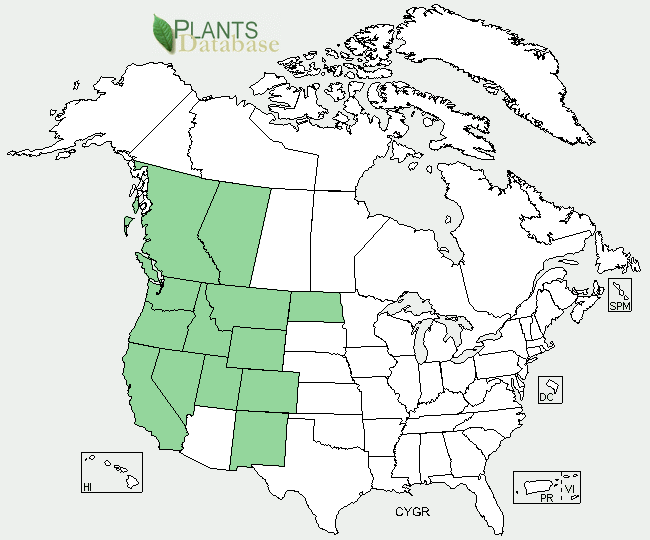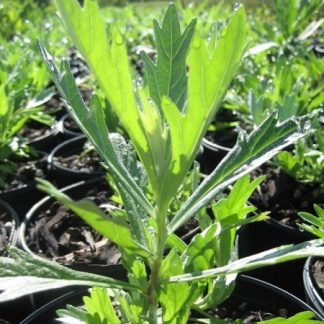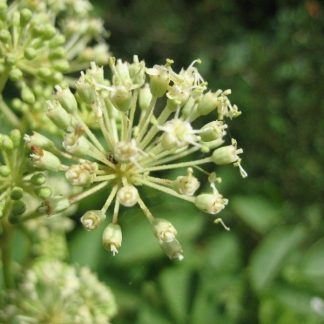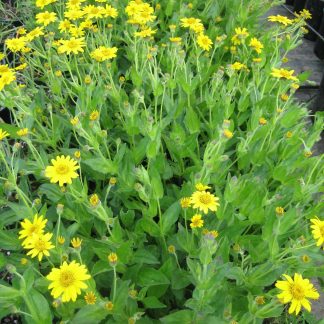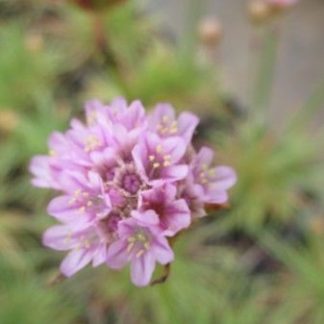Fritillaria pudica
yellow bell
Habit: as a happy sign that another desolate winter has ended in a sagebrush-steppe, these bright yellow, bell shaped flowers come into sight right after the snow melts. A delicate, small perennial, measuring 4 to 10 inches tall, Frittilaria pudica forms from scaly bulbs. Halfway up its stems, fleshy, long, linear leaves grow in pairs of two or whorls of three or more. Similar to other lilies, yellow bell sepals and petals share the same color, yet sepals sometime show violet streaks on their base. The attractive blossoms droop singly or, very rarely, in pairs at the end of stems. The species name “pudica” means bashful in Latin, and refers to the nodding appearance of the flowers.
Ecology: scattered and locally common in high plains, grasslands and dry ponderosa pine forests. It is found at low to mid elevations all over Western North America, from east of the Cascades to the Rocky Mountains.
Growing conditions: full sun to light shade, well-drained, gravelly to rocky soils. Great for rock gardens and dry meadows as a companion to other drought-tolerant natives.
The bulbs of Fritillaria pudica were eaten raw, boiled or steamed by the native people of Western North America. Bears and rodents also eat the starchy bulbs and deer and other browsers graze on the plant’s foliage. The sagebrush-steppe ecosystem is one of the most endangered in the United States. Its destruction coupled with unethical digging has made the yellow bell not nearly as common as it once was. Both the plant and its habitat should be protected.
Specs
Herbaceous Perennial
4-10 inches (10-25 cm)
1 foot (30 cm)
5a to 7a

